Recommendations for planting ampelous tuberous begonias and care for it
Begonia is deservedly popular with amateur flower growers, because it pleases with its abundant and lush flowering almost to frost. How to plant ampel tuberous begonia, grow and care for it in order to get healthy luxuriously flowering plants, you can learn in detail from this article.
Begonia was introduced from South America to Europe in the 19th century. There are 3 types of begonias: tuberous, leafy and bushy.
- Tuberous begonia is usually grown in outdoor flower gardens, but you can also plant them at home. This species is divided into 3 groups according to flower size: with large, medium and small flowers. A special place is occupied by ampelous begonia, its hanging double or semi-double flowers on rather long pedicels give the plant additional decorative effect.
- Leaf begonias are used for indoor breeding. This is a species blooming with nondescript small flowers, the beauty of this species lies in the colorful leaves of a bizarre shape. Caring for them is less difficult than for tuberous ones.
- Shrub begonias are more often grown at home, the plants bloom almost all year round. This species has decorative leaves and flowers.

Planting begonias
It is better to buy begonia tubers in winter. When choosing tubers for planting in a store, you need to carefully examine them. It is advisable to select tubers at least 3 cm in diameter, without damage. The concave side of the tuber should be dense, have 3-6 buds.
Tubers begin to germinate in March. Before planting, they are left for an hour in a pink solution of potassium permanganate, then laid out with the convex side on a damp cloth, sand or soil, kept in the light and periodically sprayed with warm water. You can plant when seedlings appear on the concave part.
The soil for planting can be prepared independently; for this, peat, sand and humus are mixed in equal parts and 2 parts of leafy earth are added. First, they are placed in small pots, the tuber is immersed in the soil only 2/3, watered as the soil dries. When the sprouts reach a height of 10-15 cm, you can plant the tubers in pots, beds and flower beds.
Planting in open ground occurs in early June, the plants are placed about 20 cm apart. The tubers are covered with soil no more than 5 cm.To obtain seeds from plants, they need to be planted at a distance of 40 cm.
Advice! If the soil on the site is clayey, it is necessary to add peat, humus and organic fertilizers. To avoid stagnant water, the beds are slightly raised.
Reproduction methods
Tuberous begonia propagates by dividing the tuber, cuttings or seeds.
- When multiplying by division, the tuber is cut into several parts so that each has at least one bud. Parts of the tuber are placed in pots with soil in a well-lit place, covered with foil. When several leaves appear on the shoots, the film is removed and the tubers are planted in a flower bed or in a pot. This method is usually used to rejuvenate plants as older plants do not flower well.
- Growing by cuttings makes it possible to preserve the characteristics of the variety as much as possible, there is not much planting material in this case. To obtain seedlings, the tubers are placed in boxes with moist soil and sprinkled with humus. When 3 leaves appear on the sprouts, the cuttings are carefully cut and planted in boxes or pots. The seedlings are placed in a well-lit place, avoiding direct sunlight, and watered as the soil dries. A month later, when the cuttings form roots, they are transplanted into individual pots.
- Growing begonias from seeds has a number of features. To get flowering plants this year, you need early sowing of seeds - around mid-January. Also, seedlings require additional lighting in the evening, preferably with the help of fluorescent lamps. The seeds remain viable for 3 years, but it is better to sow with freshly harvested seeds.
The substrate for sowing seeds must be sieved and disinfected by watering with a weak solution of potassium permanganate. Seeds are placed on the surface, not sprinkled with earth, sprayed with warm water, covered with glass or foil and left in a warm place. Light is not needed for seed germination, if the pots are placed on a lighted windowsill, they are covered with paper. The glass or film is periodically removed to ventilate the soil with seeds.
When the roots appear on the seeds, the seedlings are transferred to a bright, cool place, but shade on sunny days. The soil is sprayed, avoiding waterlogging. When 2 leaves appear, the seedlings dive about 2-3 cm from each other, they are no longer covered with glass. The second time they dive when the leaves of the plants begin to touch. You need to plant at a distance of 7-8 cm, every 10 days they are fed with mineral fertilizers.
Plants that plan to plant in open ground should be hardened in May. To do this, pots with seedlings are taken out into the fresh air in a shaded and wind-protected place, gradually increasing the time spent outdoors. Planting in open ground is possible when the spring frost ends.
Begonia care
In order for begonia to delight with its lush flowering for a long time, it needs careful care.
- Successful cultivation of begonias is possible only in fertile soil with good drainage. After planting, the soil is sprinkled with ash and mulched. Planting in the sun is undesirable, because leaves and flowers will wither. With strong shading, few flowers are formed, and the leaves fall off.
- You need to water begonias in the morning, you need to maintain high humidity, but do not allow water to stagnate and get on the leaves, this leads to the formation of spots on them.
- During growth and flowering, care consists in tying the plants to a support, because shoots can break under the weight of flowers or from the wind.
- Tuberous begonia needs fertilizing 3 times per season with mineral fertilizers, as well as diluted manure. With the beginning of autumn, watering and feeding are stopped.
- With the onset of autumn frosts, the plants need additional care. At the first frost, the tubers are not damaged, but the potted plants are transferred from the open air to the greenhouse or home.
- In winter, tuberous begonia begins a dormant period. Watering the plants is stopped after the leaves fall, the aboveground part is cut off after dying off. Tubers are taken out of the ground, cleaned and laid in peat or sand, stored in a cold room. Winter plant care consists in periodic inspection of tubers and removal of rotten specimens. Young begonias with small tubers grown from seeds are kept in a cool, light room, without removing shoots, and watered moderately.
Disease prevention
Taking proper care of begonias helps to avoid diseases that occur most often in adverse weather conditions or in greenhouses. Begonia is affected by diseases such as gray mold, powdery mildew, bacterial and ring spot.
- Gray rot.
It is a fungal disease that develops in warm and humid weather. Leaves, shoots and flowers form gray watery spots that gradually turn into brown rot. The stems rot and break, the leaves turn black and curl. To combat the disease, plants are sprayed with 1% Bordeaux liquid.
- Powdery mildew.
The disease affects the entire plant, first spots with a white bloom appear, then they cover the entire surface of the leaves and shoots, the plant dries up.You can fight the disease with fungicide treatments or spray the plants with a soapy copper liquid. For its preparation, 2 g of copper sulfate and 20 g of tar soap are added to a liter of water.
- Ring spot.
The disease is caused by the tomato virus. Yellow-green rings and spots appear on the plant. It is better to destroy diseased plants, because the virus stays in the tubers and can infect even more plants when planted again. To prevent the disease, it is necessary to weed out weeds and fight sucking insects that carry viruses to plants.
- Bacterial spotting.
With this viral disease, small watery spots appear on the underside of the leaves, which then turn brown, the shoots and flowers turn black, the plant dies. Infected plants destroy and disinfect the soil after them. For preventive purposes, the flower garden is sprayed with a 0.5% solution of copper oxychloride.
So, growing a begonia and caring for it is a rather difficult task, although if all the recommendations are followed, tuberous begonia will delight with its magnificent flowers all summer season. The main advantage of begonias is that they can be planted and grown in shaded areas of the garden, where other flowers feel uncomfortable. Begonia will be a real decoration of the garden, if you spare no effort and time to care for it.
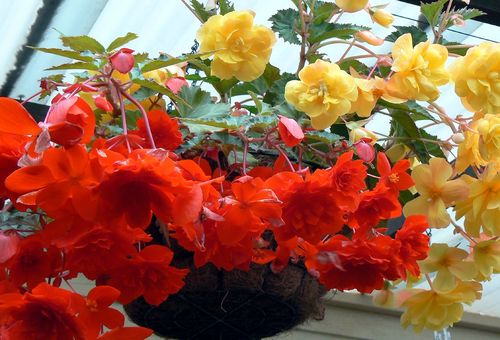
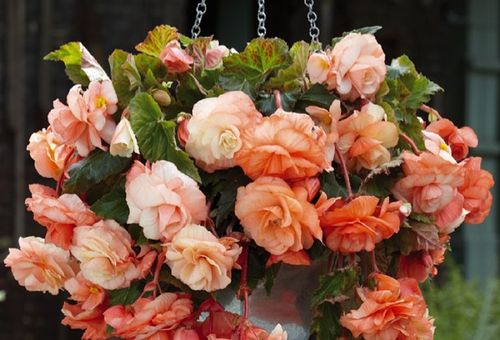
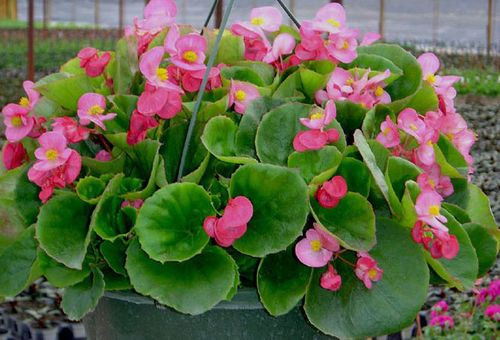
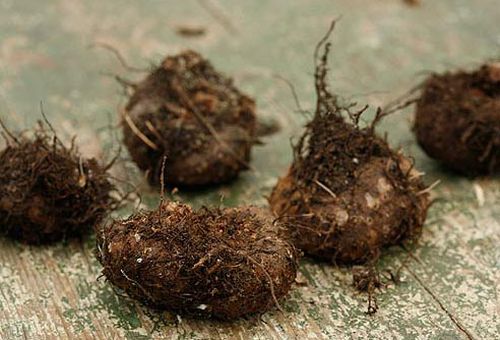
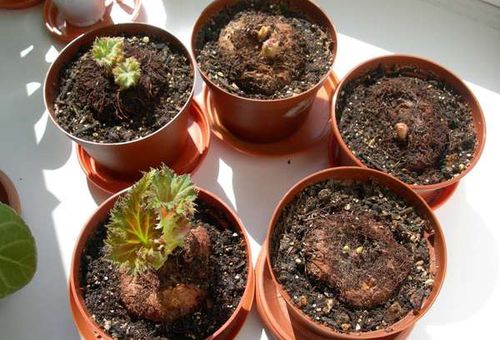
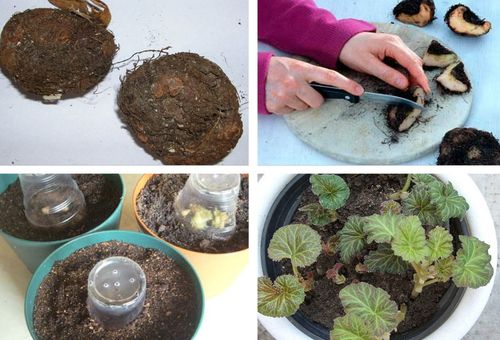
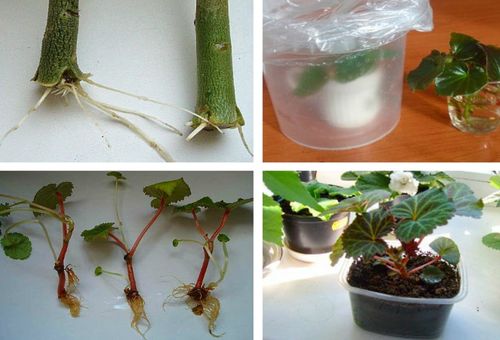

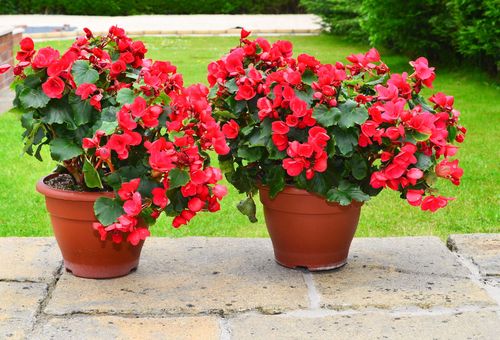
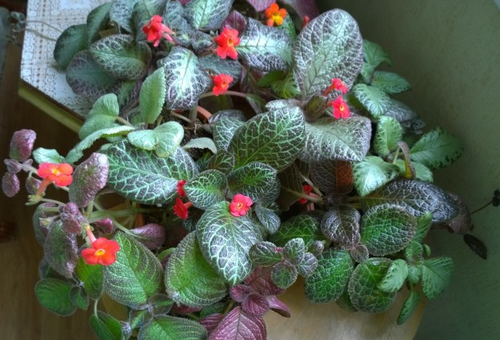


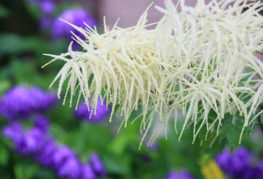
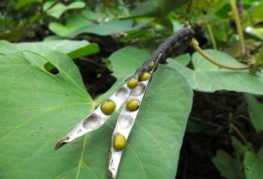
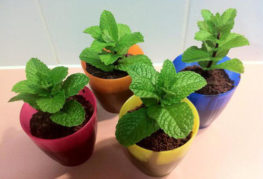
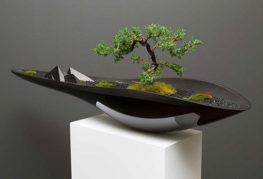
and will be published shortly.